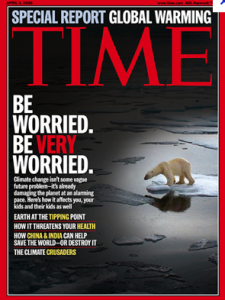TWO of the most controversial issues that will face the Gillard government in the coming months — the allocation of water in the Murray-Darling Basin and the carbon tax — have something in common. They arise from legislation based on the commonwealth’s foreign affairs powers and international environmental conventions entered into under that power.
The Lower Lakes and the Coorong that lie landward of the mouth of the Murray River in South Australia were listed as a wetland of international significance under the Ramsar international convention on wetlands in 1985. Until Dr Jennifer Marohasy presented a paper to the Sydney Institute in February this year demonstrating the Lower Lakes formed part of the Murray River estuary before the construction of 7.6km of barrages in the 1930s, the barrages had been conveniently ignored in the debate about the allocation of water from the Murray-Darling Basin for the Lower Lakes.
There had also been no reference to the consequential destruction of a native mulloway fishery and the creation of a terrific environment for the notorious pest the European carp as the environment changed from estuarine to predominantly freshwater. The Australian government website about the Ramsar listing acknowledges the Lower Lakes, Alexandrina and Albert, are comprised of fresh to brackish-saline waters and were part of the estuary before the construction of the barrages.
“The ecological characteristics of the area have been altered significantly since extensive water extraction from the Murray-Darling Basin commenced in the 1800s and barrages were constructed to separate the lakes from the estuary in the 1930s,” it says.
The Murray Darling Basin Commission’s Living Murray discussion paper stated: “The barrages have also changed the ecology of the lower lakes, reducing the estuarine area of the Murray to 11 per cent of its natural size.”
Historic link shared by Murray-Darling Basin and carbon tax
BY: JOSEPHINE KELLY From: The Australian April 13, 2012



 Jennifer Marohasy BSc PhD has worked in industry and government. She is currently researching a novel technique for long-range weather forecasting funded by the B. Macfie Family Foundation.
Jennifer Marohasy BSc PhD has worked in industry and government. She is currently researching a novel technique for long-range weather forecasting funded by the B. Macfie Family Foundation.